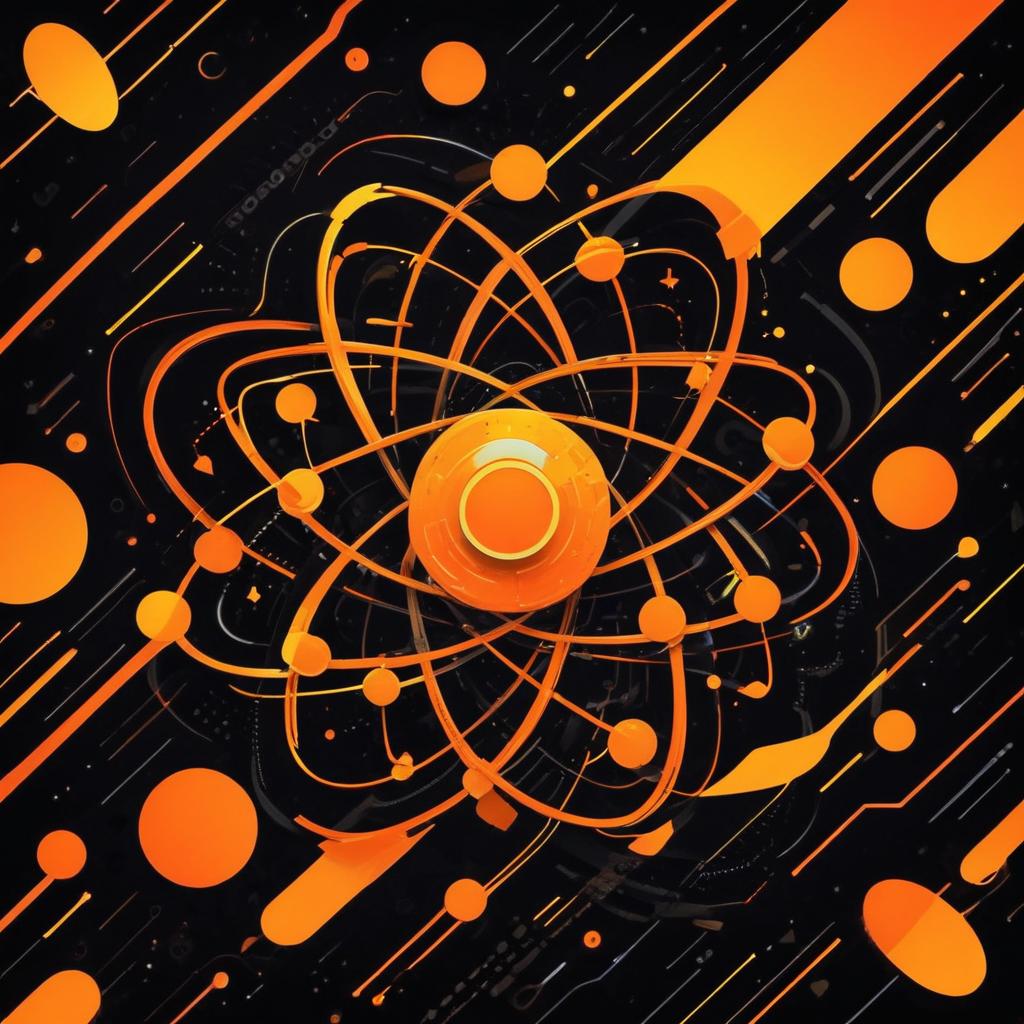Revolutionizing Data Storage: MIT's Magnetizing Laser Technology

According to scientists at MIT, a new type of data storage has come to the fore. It's the magnetizing laser that goes to the atomic level. This development reveals a future with more durable and reliable storage. This technology could change how things are done by using antiferromagnetic memory chips, which can provide competition to conventional systems based on ferromagnetism.
Main Points from the Research
- The laser specializes in changing the atomic structure of materials with the possibility of new data encoding and decoding.
- Antiferromagnetic memory chips provide a guarantee of being unaffected by the external magnetic field posing interference.
- Besides, the factor of energy spent in data storage and the speed of performance could be improved by designing smaller and more powerful memory devices.
This technology has much potential. Shortly, it is expected that the approaches to storing data will become more effective, for example, information systems with the possibility of wide use will become more secure and less susceptible to corruption. The long-term effects are more likely to be more radical changes within household devices or custom-built computers.
Before we get into the wearable’s benefits, it makes sense to ask what is the basis for the assumptions that go into such excitement. The claim that we will be able to manipulate antiferromagnetic materials is not an easy task, the author states. Indeed, the research admits that there is a problem with the control over (magnetic) switching – it is quite complicated and inconsistent. How often will this technique prove reliable outside controlled environments?
As well as the below results are important, the hopeful news for researchers seems to be a breakthrough, but possibilities should go further than this. Some portion of manufacturers may experience challenges with production scalability. When deployed on a large scale, will the diversity of producing techniques make it unviable for mass use?
The success of the team in the demonstration of magnetic switching serves as a valid proof of concept. On the other hand, memories have been placed on the pedestal and greater heights have been sought only for history to keep track of occasional pitfalls that have accompanied the innovations. The early days of flash memory raised great expectations but was consistently plagued with reliability concerns. Are we going to see the same with this new technology, or is it being made to be more robust?
In whatever situation, try always to retain your sense of disbelief. There’s a saying that was really well articulated by Nuh Gedik, and his words expressed the difficulty in controlling antiferromagnetic materials, which means that we have more intricate challenges waiting for us. As we move forward, what other issues may the specialists have to tackle to implement this technology fully?
In a nutshell, the use of MIT's laser that magnetizes may well be a preparation for the more advanced use in the storage of information. This is very exciting but tempered with hope because as more investigations are carried out more advanced ideas shall emerge.
At DiskInternals Data Recovery, we know all too well the consequences of losing information. In addition to this, our other aim is to develop data recovery software that will enable both ordinary individuals and businesses to extend protection to their information. This includes advancing technologies that are aimed at reducing the impact of data loss as a result of changes in technology that occur.